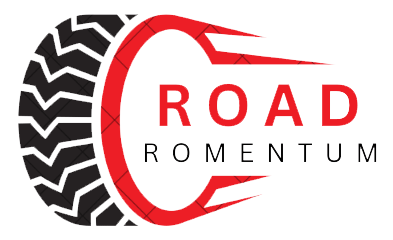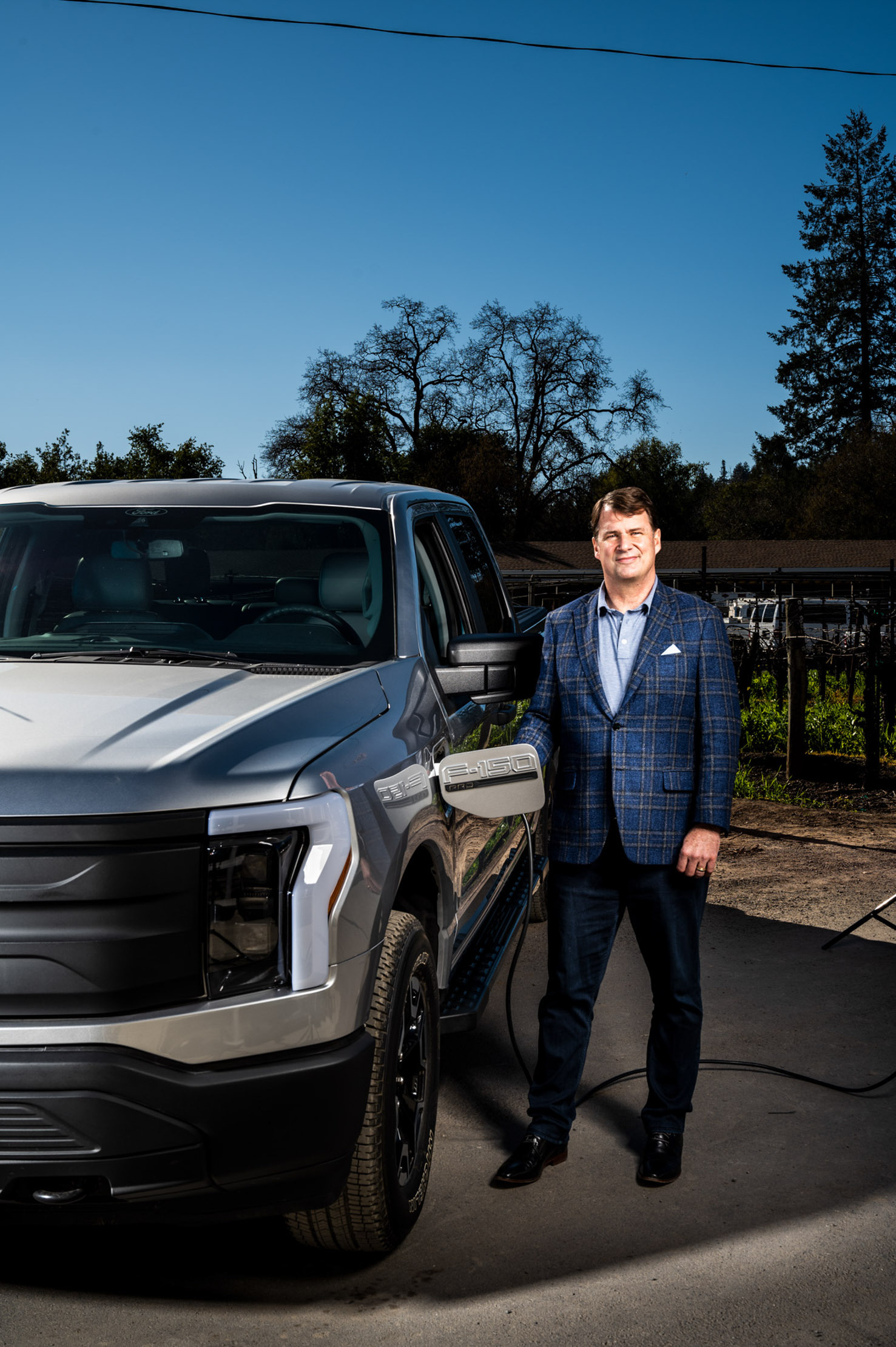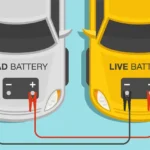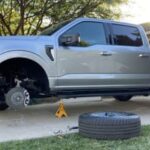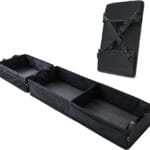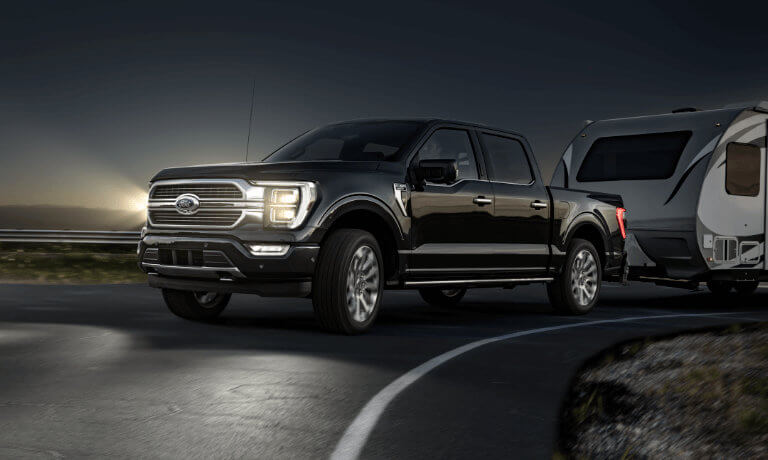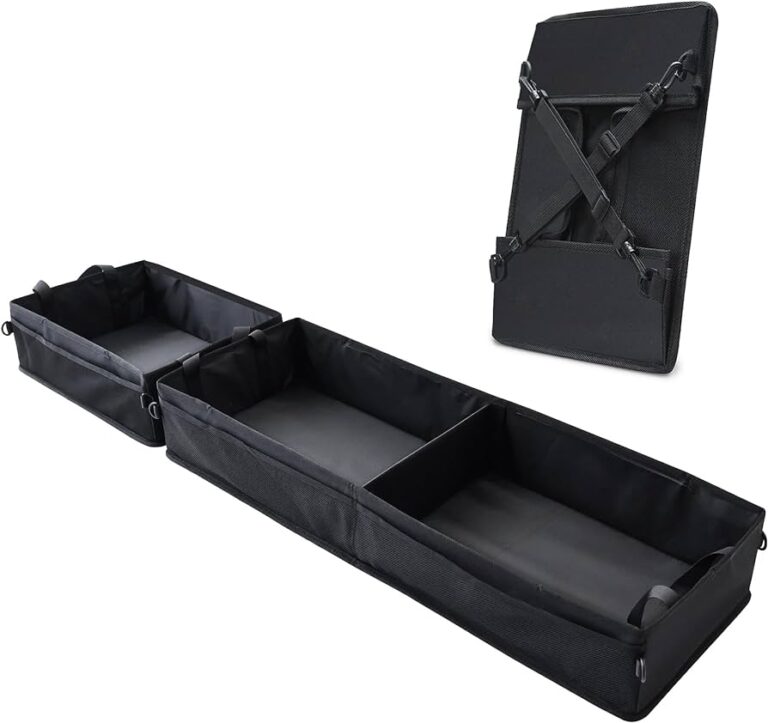Why Does My F150 Smoke on Startup? Unveiling the Mystery
If your F-150 smokes on startup, it may indicate that the oil supply tube feeding into the driver’s side turbocharger needs to be replaced, according to a bulletin from Ford. The excessive white smoke, which occurs after the vehicle has been sitting overnight, suggests that it is burning oil.
Replacing the oil supply tube should resolve the issue.
Understanding The Issue
Experiencing smoke on startup with your F150 can be a cause for concern. This could indicate issues such as blown turbo seals or a damaged oil supply tube. It is recommended to have these components inspected and repaired to prevent further damage to your engine.
What Is The Problem?
If you own an F150 and notice smoke coming out of the exhaust pipe when you start your vehicle, you may be wondering what the problem is. Understanding the issue behind the smoke on startup is crucial in order to address the problem effectively.
Symptoms Of Smoke On Startup
One of the primary symptoms of smoke on startup is the presence of excessive white smoke coming out of the exhaust pipe. The smoke may be more noticeable on cold days and usually disappears after the initial startup. It is important to note that the “smoke” is actually steam caused by the hot air of a running engine evaporating. Another symptom to look out for is blueish-white or light blue smoke, which typically only occurs during startup and is accompanied by oil dripping from the turbos.
Causes Of Smoke On Startup
There are several potential causes for smoke on startup in an F150. One common cause is a blown turbocharger. If the smoke is blueish-white or light blue and only occurs during startup, it is likely that the turbos’ seals are blown, allowing oil to seep into the engine’s air intake manifold. Another cause could be a damaged turbo casing or a broken oil seal inside the turbo itself. Both of these causes can result in a large blue cloud of smoke right as the turbo blows. Additionally, the smoke could be a result of burning oil after sitting overnight, which can be fixed by replacing the oil supply tube that feeds into the driver’s side turbocharger.
If you are experiencing smoke on startup with your F150, it is essential to address the issue promptly to prevent further damage to the vehicle. Consulting with a professional mechanic or contacting a Ford dealership for guidance and assistance is recommended.

Credit: www.bloomberg.com
Possible Solutions
If your F150 is smoking on startup, there are a few possible solutions to consider. These solutions can help identify and address the underlying issues causing the smoke. Here are three potential solutions to explore:
1. Replacing The Oil Supply Tube
The first solution to investigate is replacing the oil supply tube that feeds into the driver’s side turbocharger. Excessive white smoke on cold starts may indicate that oil is burning after the vehicle has been sitting overnight. According to a bulletin from Ford, replacing the oil supply tube can fix this problem. It is a crucial step to ensure proper oil flow and prevent smoke on startup.
2. Inspecting The Egr Bypass Tube
The exhaust gas recirculation (EGR) bypass tube plays an essential role in controlling engine emissions. If the EGR bypass tube is damaged or clogged, it can cause abnormal smoke during startup. Inspecting the EGR bypass tube for any signs of wear, cracks, or blockages is necessary. Cleaning or replacing the tube, if necessary, can help resolve the smoke issue.
3. Replacement Of Egr Line
The EGR line is another component related to the EGR system that may contribute to smoke on startup. If the EGR line is damaged or faulty, it can disrupt the proper flow of exhaust gases, leading to smoke emission. Replacing the EGR line can restore the correct operation of the EGR system and eliminate the smoke problem.
Before considering these solutions, it’s crucial to conduct a startup test to further diagnose the issue. Testing the vehicle during startup can provide valuable insights into the specific cause of the smoke and guide the appropriate solution. A professional mechanic can perform this test and assist in determining the best course of action.
Effect Of Bad Turbo
A bad turbo can cause blue smoke on startup, indicating blown seals or a damaged turbo casing. This allows oil to seep into the engine’s air intake manifold, causing oil to mix with fuel. Replacing the oil supply tube that feeds into the turbocharger can fix the issue.
Can A Bad Turbo Cause Smoke On Startup?
Yes, a bad turbo can indeed cause smoke on startup. If you notice blueish-white or light blue smoke coming out of the exhaust pipe specifically during startup, and there is oil dripping from the turbos, it is highly likely that the seals in the turbos are blown. When the seals are damaged, it allows oil to seep into the engine’s air intake manifold, leading to the mixing of oil with fuel. This results in the emission of smoke during startup. Therefore, if you come across these symptoms, it is crucial to address the issue promptly to prevent further damage to the turbo and engine.
Signs Of A Blown Turbo
There are several signs that indicate a blown turbo. These signs include:
- Loud whining or grinding noise coming from the turbo
- Excessive smoke, especially blueish-white or light blue smoke
- Oil leaks around the turbocharger
- Decreased engine performance and power
- Increased oil consumption
If you notice any of these signs, it is essential to have your turbo inspected and repaired by a professional mechanic.
Impact On Engine Performance
A bad turbo can have a significant impact on the overall performance of your engine. When the turbo is damaged or its seals are blown, it hampers the proper flow and compression of air into the engine. This leads to a decrease in engine power, reduced acceleration, and diminished fuel efficiency.
Moreover, a blown turbo can also cause excessive oil consumption. As oil seeps into the engine’s air intake manifold, it not only affects the combustion process but also leads to oil loss. This can result in the need for frequent oil top-ups and potential engine damage if left unaddressed.
Therefore, if you suspect that your F150 has a bad turbo, it is crucial to have it inspected and repaired promptly to restore optimal engine performance and prevent further damage to other engine components.
[Image Source: Ford Authority]

Credit: www.redwheelbarrowwriters.com
Common Misconceptions
When it comes to your F150 smoking on startup, there are a few common misconceptions that need to be clarified. By understanding these misconceptions, you can better diagnose and address the issue. Let’s take a look at three common misconceptions surrounding the smoking issue and shed some light on the truth.
Condensation Vs. Smoke On Startup
One common misconception is mistaking condensation for smoke on startup. Many people see white “smoke” coming out of the exhaust pipe and immediately assume there is an issue. However, in most cases, this white “smoke” is actually just condensation.
Emission Reduction Tables And Negative Spark
Another common misconception is attributing excessive smoke during startup to a faulty turbo or engine issue. In reality, F150 trucks have emission reduction tables that force the engine to run on negative spark during startup. This is done to help light up the catalytic converters and reduce emissions. The resulting smoke is temporary and should dissipate once the engine warms up.
Excessive Smoke After Warm-up
Lastly, some F150 owners may experience excessive smoke even after the engine has warmed up. This can be a sign of a more serious issue such as a faulty turbo seal, allowing oil or coolant to enter the intake or exhaust systems. If you notice persistent smoke after warm-up, it is important to have your vehicle inspected by a qualified technician to prevent further damage.
Diagnostic And Maintenance Steps
If you’ve noticed your F150 smoking on startup, it’s essential to address the issue promptly to prevent further damage to your vehicle. Here are a few diagnostic and maintenance steps you can take to troubleshoot and resolve the problem.
Checking The Pcv Valve
The Positive Crankcase Ventilation (PCV) valve plays a vital role in controlling the emission and oil consumption in your F150’s engine. A faulty PCV valve can cause excessive smoke on startup. Follow these steps to check the PCV valve:
- Locate the PCV valve, which is usually connected to the valve cover or intake manifold.
- Inspect the valve for any signs of damage, such as cracks or clogs.
- If necessary, remove the PCV valve and shake it. If you hear a rattling sound, it means the valve is working correctly.
- Clean or replace the PCV valve if you notice any issues.
Replacing The Oil Supply Tube As Per Tech Bulletin
According to a bulletin from Ford, replacing the oil supply tube that feeds into the driver’s side turbocharger can help resolve excessive white smoke on startup. Follow these steps to replace the oil supply tube:
- Consult your vehicle’s manual or contact a qualified technician for specific instructions on replacing the oil supply tube.
- Use appropriate tools to disconnect the old oil supply tube from the turbocharger.
- Carefully install the new oil supply tube, ensuring it is securely connected.
- Double-check all the connections and ensure that there are no leaks.
Addressing Excessive Oil In The Left Turbo
If you notice oil dripping from the turbos and smoke on startup, there may be an issue with excessive oil in the left turbo. Follow these steps to address the problem:
- Inspect the left turbo for any signs of oil buildup or leaks.
- If oil is present, check the seals on the turbo for any damage.
- If the seals are blown, it may be necessary to replace them.
- Ensure that each turbo is functioning properly and that there are no clogs or blockages.
By following these diagnostic and maintenance steps, you can identify and resolve the cause of the smoke on startup in your F150, ensuring optimal performance and longevity for your vehicle.

Credit: www.forbes.com
Frequently Asked Questions On Why Does My F150 Smoke On Startup
Can A Bad Turbo Cause Smoke On Startup?
Yes, a bad turbo can cause smoke on startup. If you notice blueish-white or light blue smoke at startup, along with oil dripping from the turbos, it is likely that the turbos’ seals are blown. This allows oil to seep into the engine’s air intake manifold, causing it to mix with the fuel.
Replacing the oil supply tube that feeds into the turbocharger can fix the issue.
Can A Bad Turbo Cause Blue Smoke?
Yes, a bad turbo can cause blue smoke. This occurs when the turbo’s casing is damaged or there is a broken oil seal inside the turbo. Oil seeps into the engine’s air intake manifold, mixing with the fuel and causing the smoke.
Replacing the oil supply tube that feeds into the turbocharger can fix the issue.
What Is The Problem With The 2016 F150 2.7 Ecoboost?
The problem with the 2016 F150 2. 7 EcoBoost is excessive white smoke from the exhaust on cold starts. It is caused by oil burning after sitting overnight. Ford has issued a bulletin stating that replacing the oil supply tube to the driver’s side turbocharger will fix the issue.
What Is The Problem With The 2.7 Ecoboost?
The problem with the 2. 7 EcoBoost is excessive white smoke at startup, indicating burning oil. Ford suggests replacing the oil supply tube that feeds into the driver’s side turbocharger to fix the issue. The smoke is caused by the engine evaporating hot air, and heavy smoke during startup is normal due to emission reduction tables.
Conclusion
To conclude, if your F150 smokes on startup, it could be due to various factors such as a blown turbo seal or a damaged turbo casing, causing oil to mix with the fuel. However, it’s important to note that excessive white smoke on cold starts may indicate that the oil supply tube feeding into the driver’s side turbocharger needs to be replaced.
It’s best to consult with a qualified mechanic to accurately diagnose and resolve the issue. Don’t ignore this problem, as addressing it promptly can prevent further damage to your vehicle’s engine.
